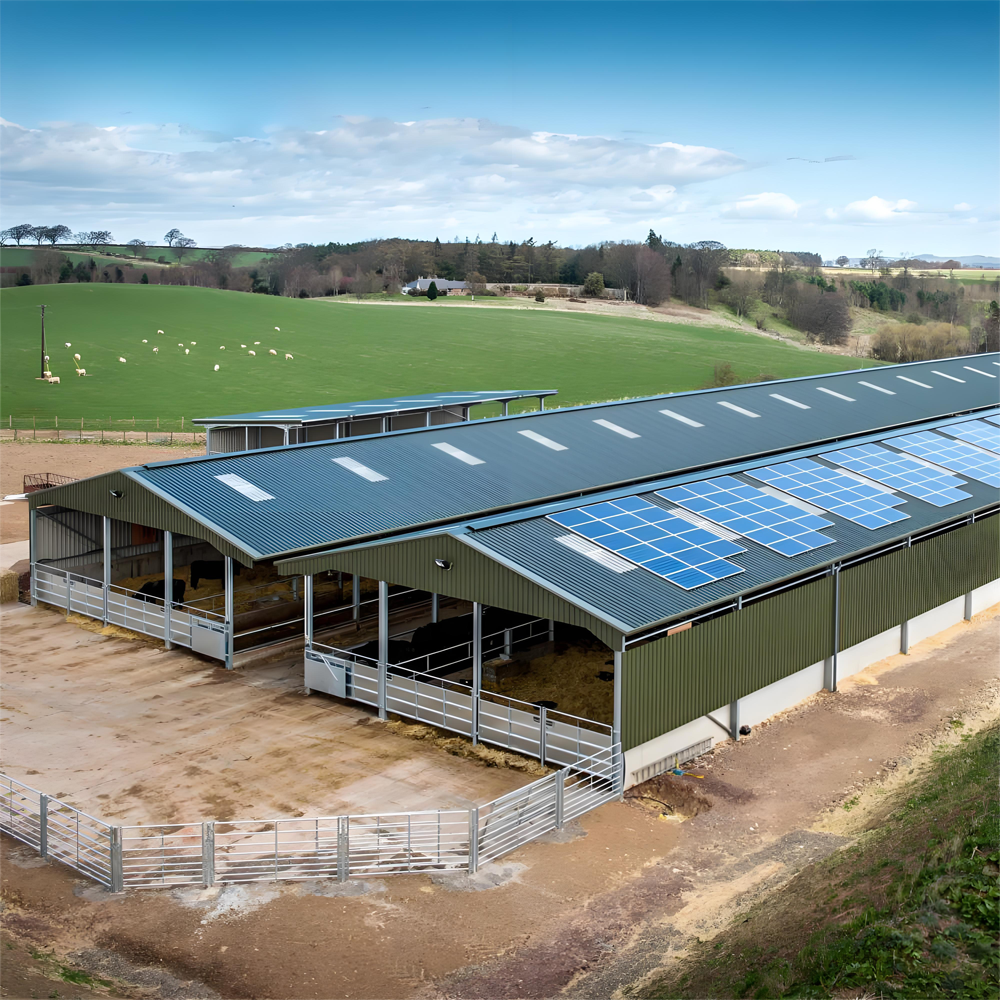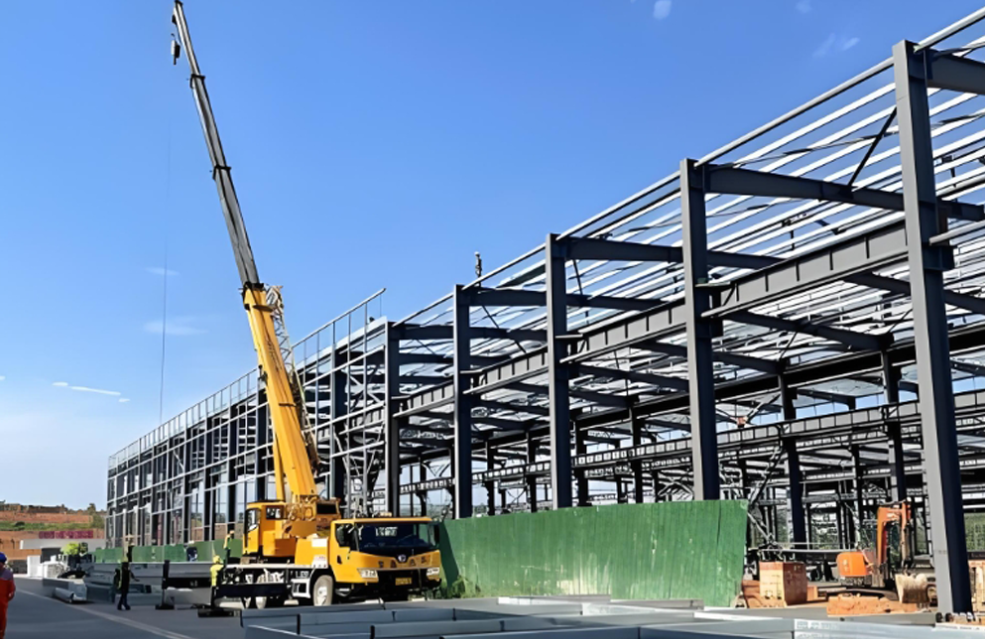Steel Structure Welding Quality Inspection
In steel structure welding processes, angular deviations and incomplete welding penetration can create quality defects. Given the critical role of steel structures in construction engineering, quality assurance is paramount. Compromised welding integrity could lead to catastrophic engineering failures, making non-destructive testing (NDT) essential for identifying defects without compromising structural integrity.
1. Slag Inclusion Detection
Slag inclusions often result from insufficient welding current. Ultrasonic testing identifies these defects through characteristic echo patterns:
- Irregular sawtooth-shaped echo signals with low amplitude
- Significant amplitude fluctuations during probe translation
- Varying reflection amplitudes from different angles
2. Radiographic Testing (RT)
This fundamental NDT method uses X-ray or γ-ray penetration to record defect characteristics on film:
- Effective for determining defect size, shape, and quantity
- Limitations include radiation hazards requiring strict safety protocols
3. Lack of Fusion Detection
Improper fusion from excessive impurities or incorrect parameters is identified by:
- Stable waveform patterns during probe movement
- Distinctive reflection amplitude variations
- Critical to prevent subsequent structural performance degradation
4. Crack Detection
Cracks represent severe defects requiring meticulous identification:
- High-amplitude ultrasonic echoes with wide bandwidth
- Multiple peaks and continuous signal fluctuations
- Distinct peak shifts during probe rotation
5. Visual Testing (VT)
The primary initial inspection method per international standards:
- Surface defect identification through visual examination
- Requires inspector experience for preliminary quality assessment
- Limited to external defect detection
6. Magnetic Particle Testing (MT)
Effective for surface/near-surface crack detection in ferromagnetic materials:
- Detects defects ≤8mm thick through magnetic flux leakage patterns
- Magnetic particle accumulation reveals defect characteristics
- Fast implementation but limited material applicability
7. Eddy Current Testing (ET)
Electromagnetic method for conductive materials:
- AC coil generates eddy currents affected by material properties
- Sensitive to surface cracks and conductivity variations
- Requires calibration for specific applications
8. Ultrasonic Testing (UT)
Versatile method for internal defect detection:
- Identifies planar defects (e.g., lack of penetration) effectively
- Advantages include portability, cost-effectiveness, and zero radiation
- Requires trained technicians for signal interpretation
Key Considerations for American Practitioners:
- Follow ASTM E164 (UT), ASTM E1444 (MT), and ASME BPVC standards
- Prioritize OSHA compliance for radiation safety (29 CFR 1910.1096)
- Consider AWS D1.1 structural welding code requirements
- Use calibrated equipment meeting ASNT SNT-TC-1A personnel qualification
This comprehensive NDT approach ensures structural integrity while optimizing manufacturing processes through defect characterization and process feedback.





